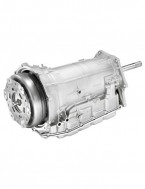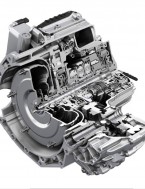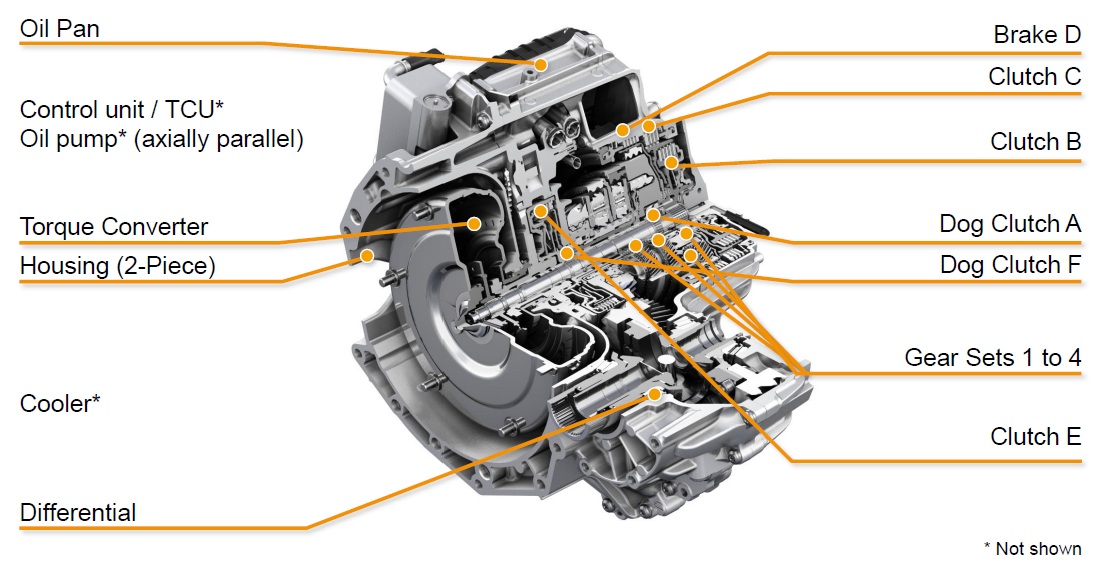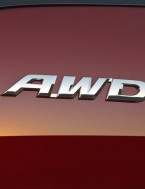
Note: we have moved the complete list to our new site, all future updates will be published there.
The torsional rigidity is a critical parameter for a vehicle, which measures how many force you need to apply to “twist” the car body frame by one degree. Of course the larger of this value, the better.
From the consumer’s perspective, what is the benefit of a high torsional rigidity car body? A vehicle with high torsion rigidity will give the driver and passenger a more “solid” feel when the car is running, especially when the road is bumpy and has lots of potholes on it...
Read More






Recent Comments